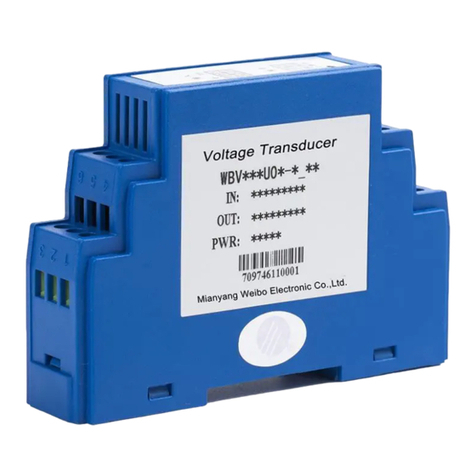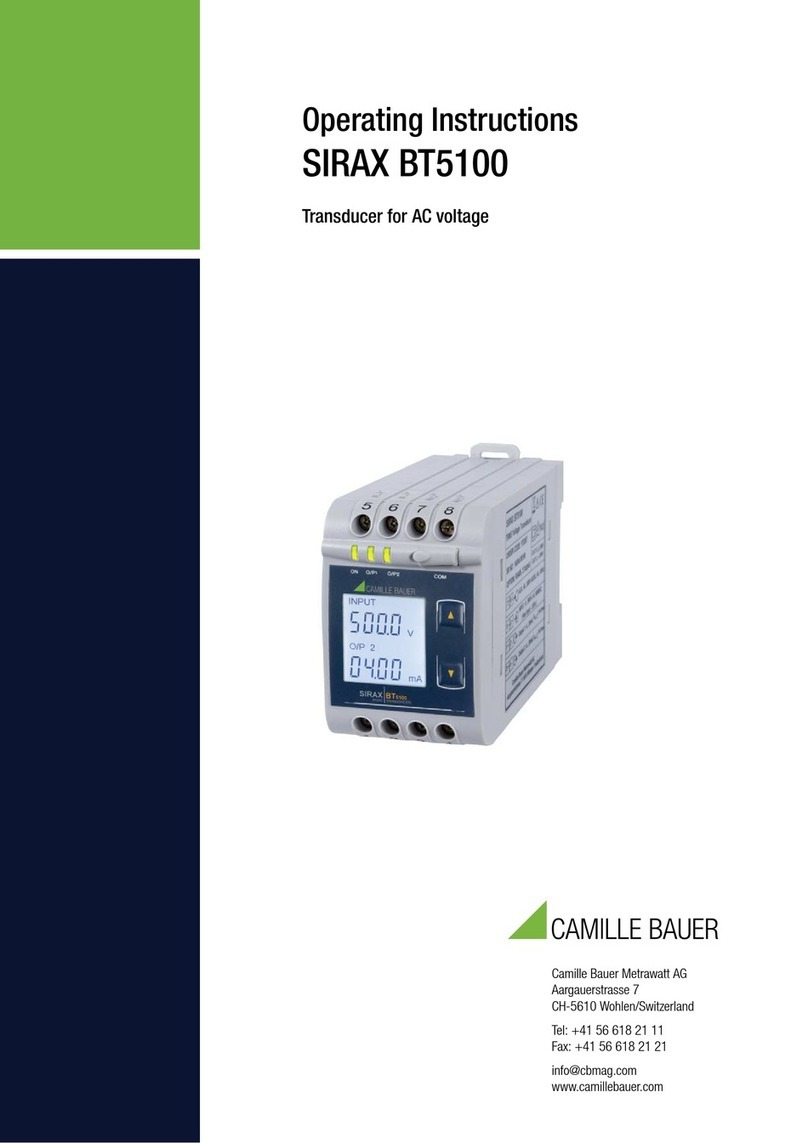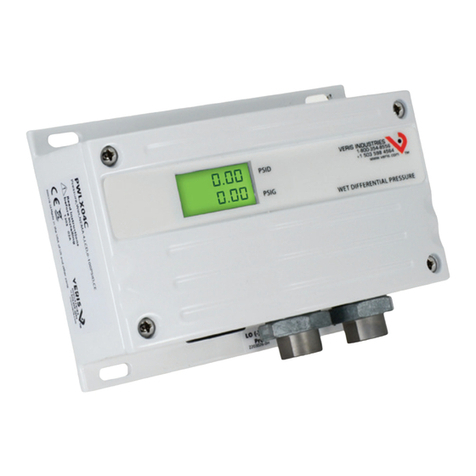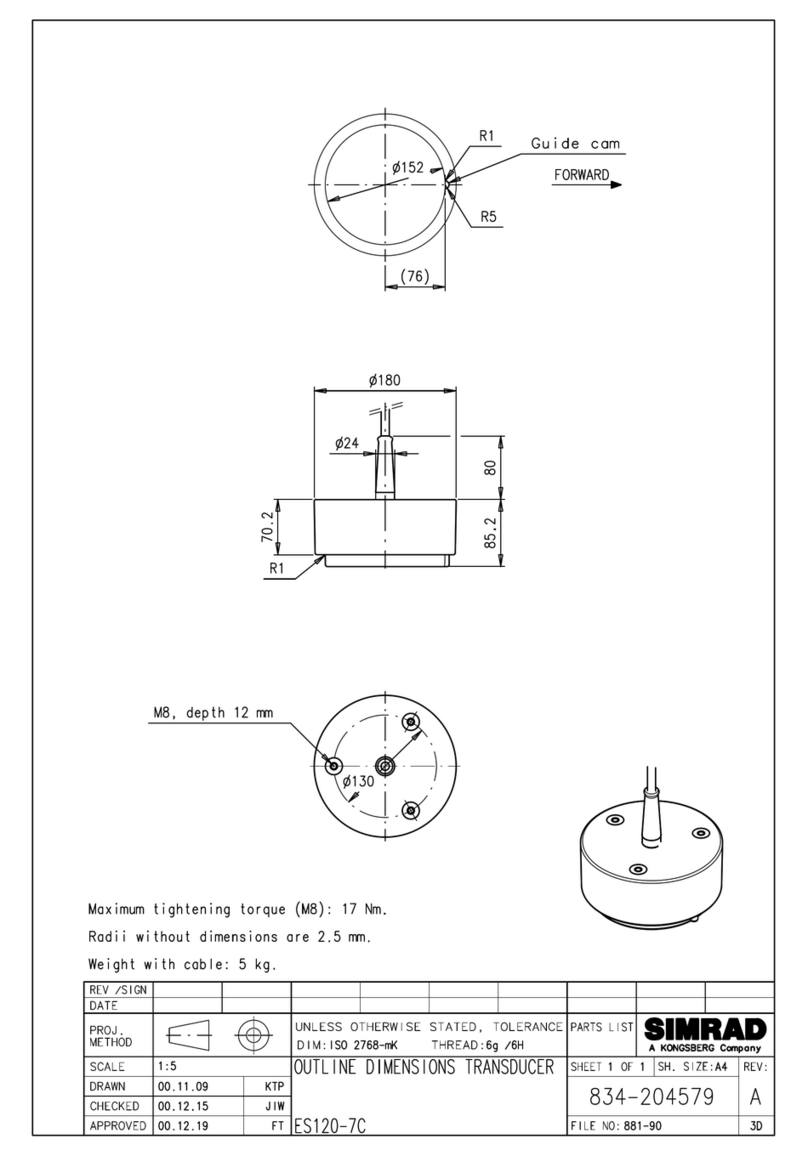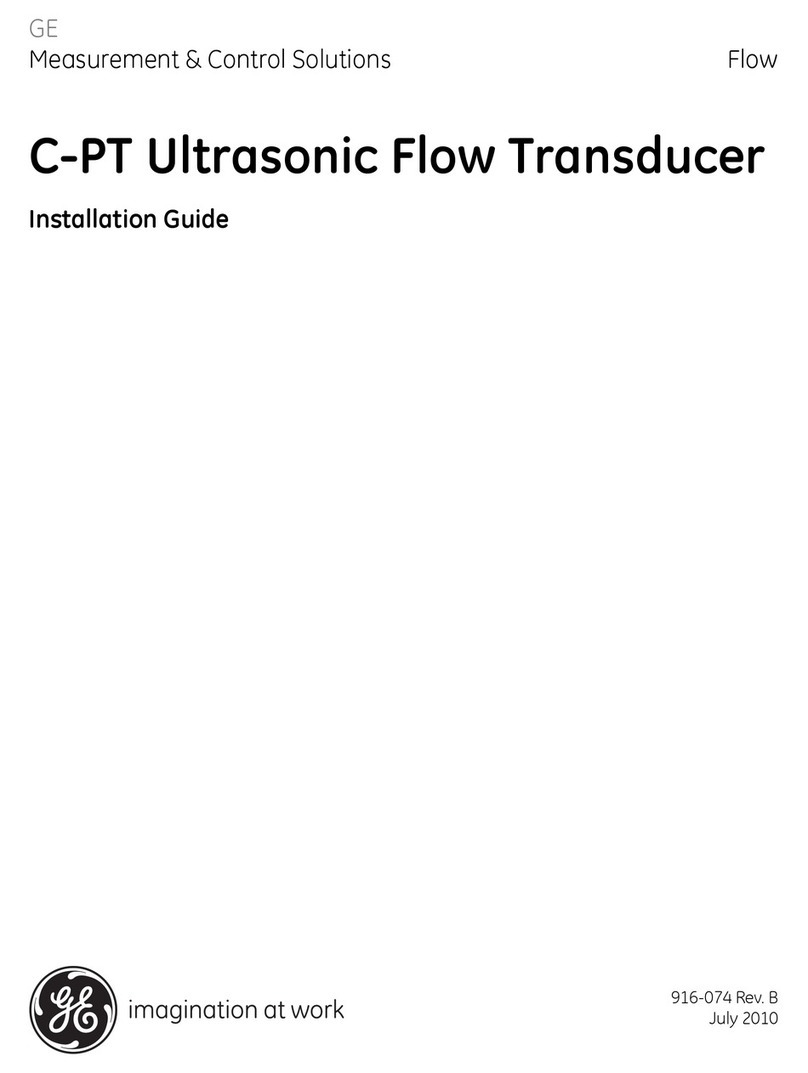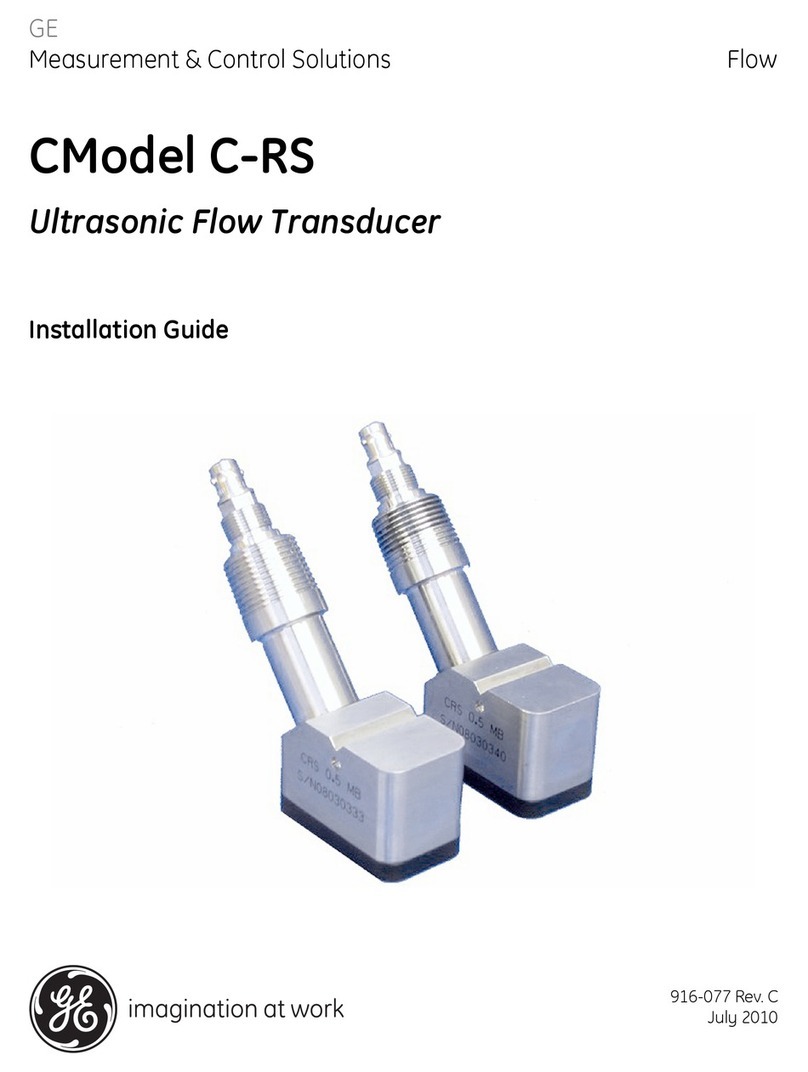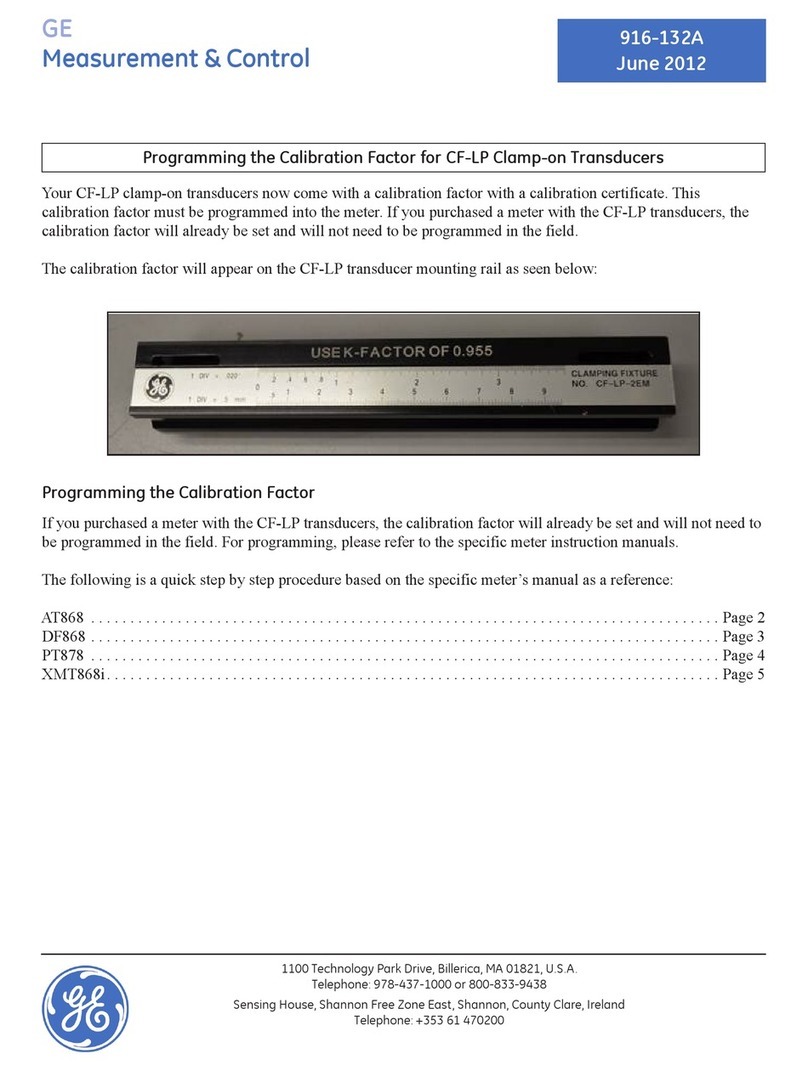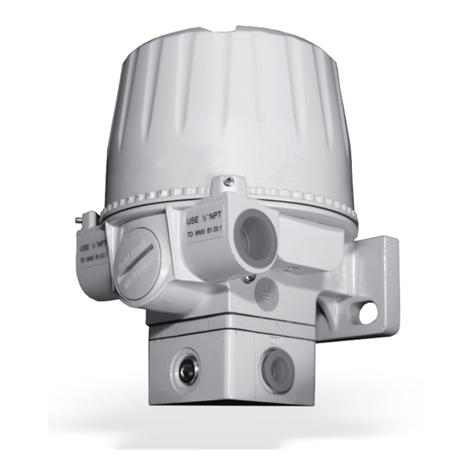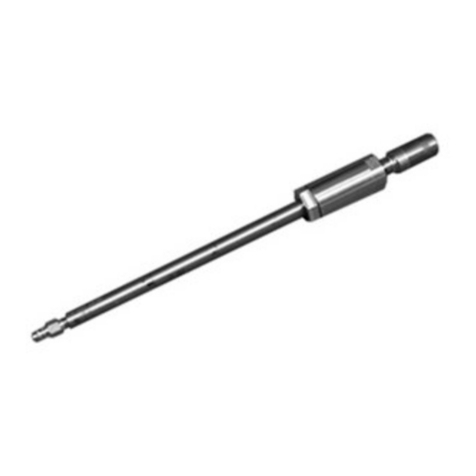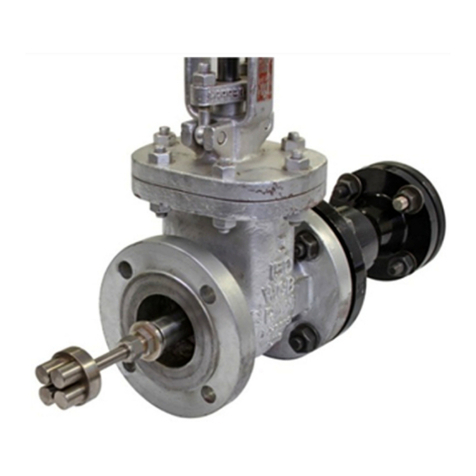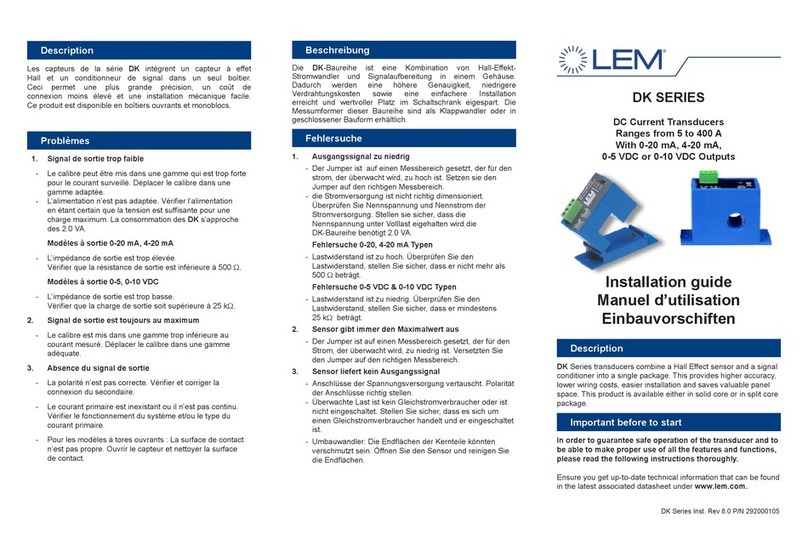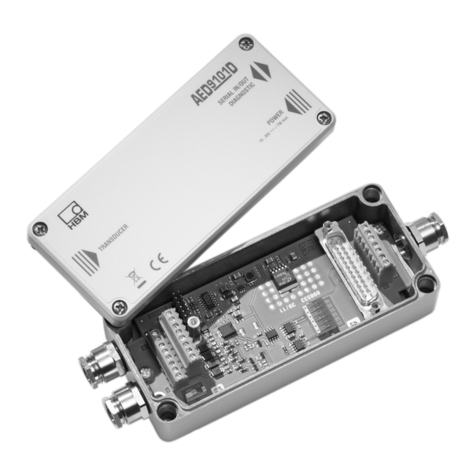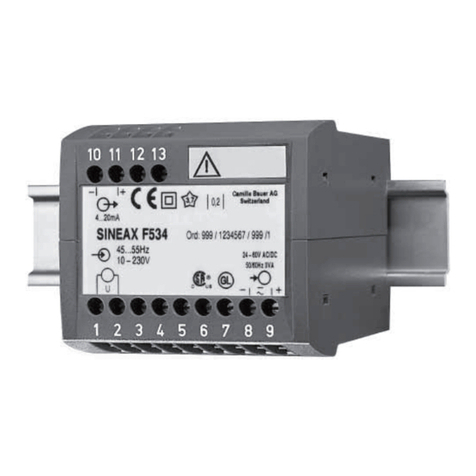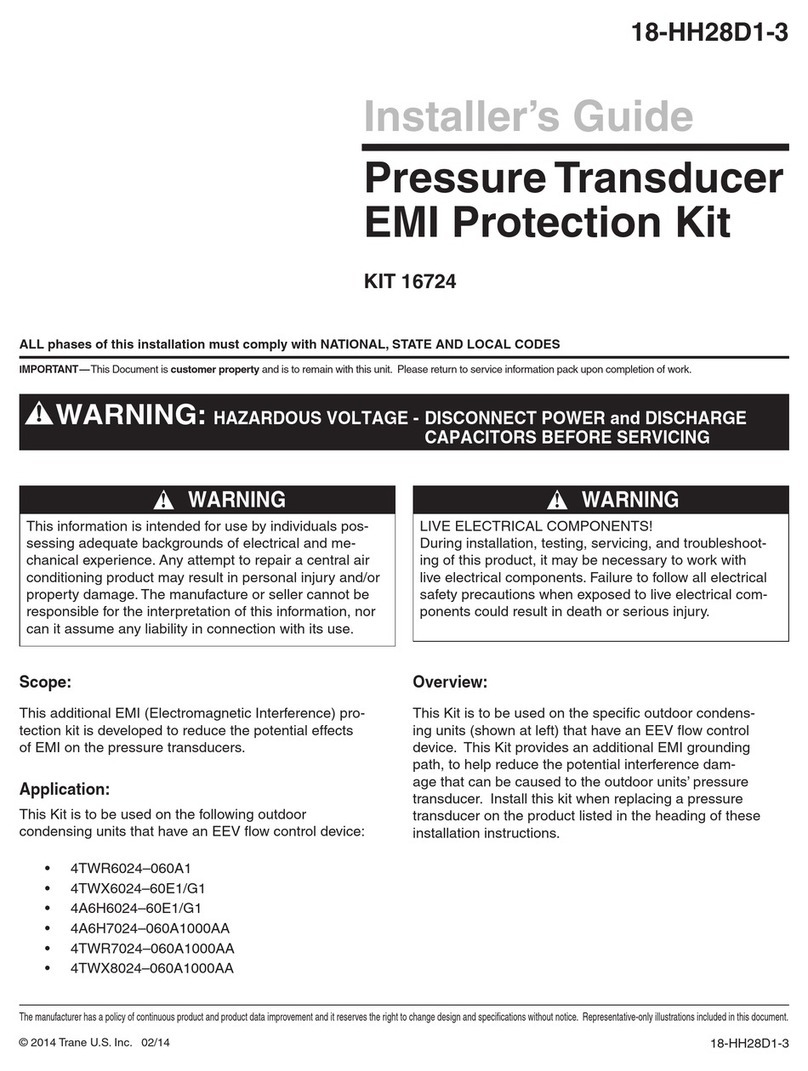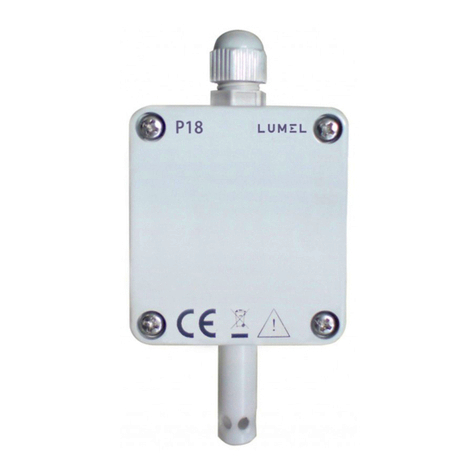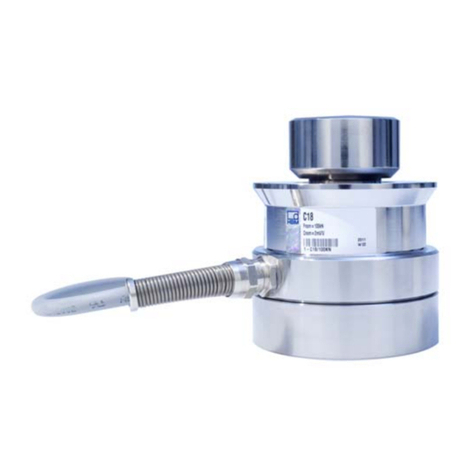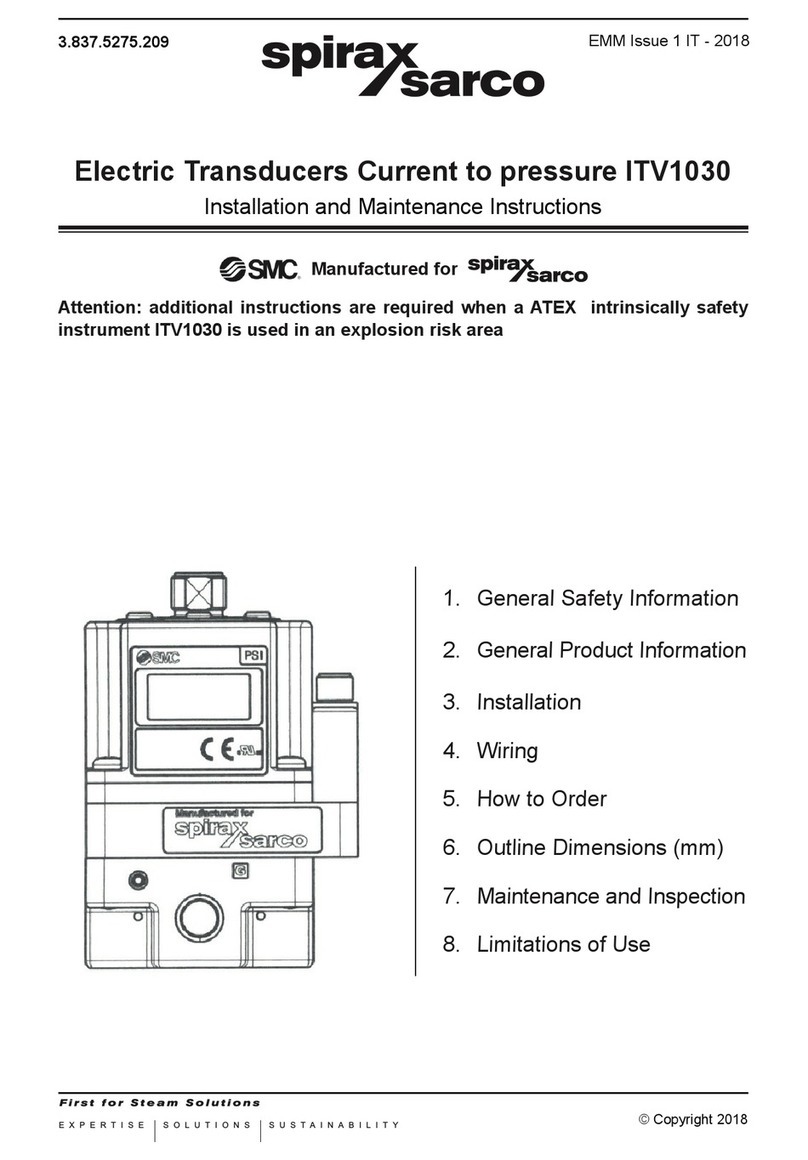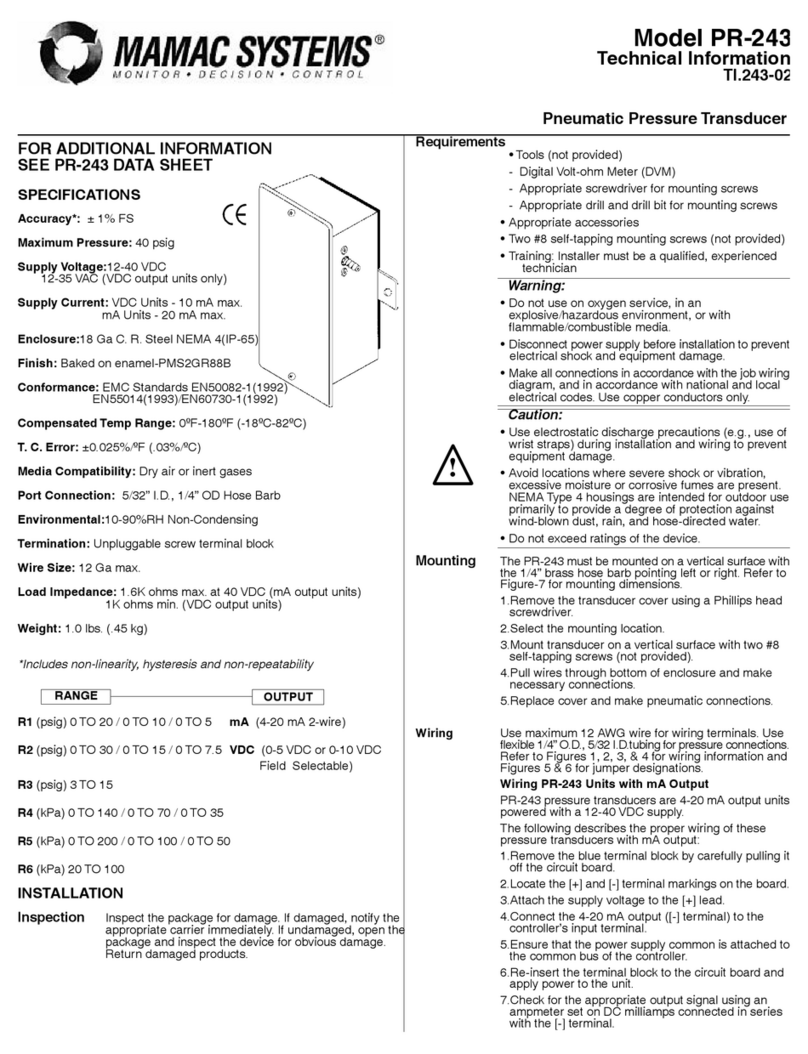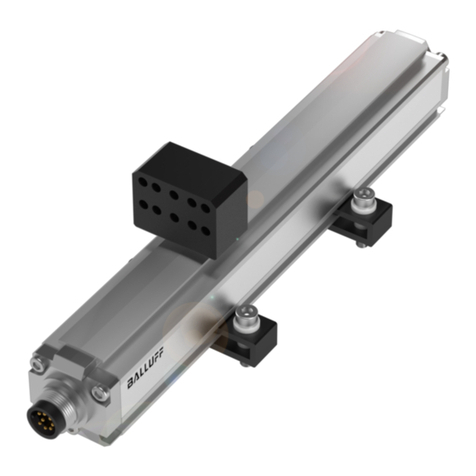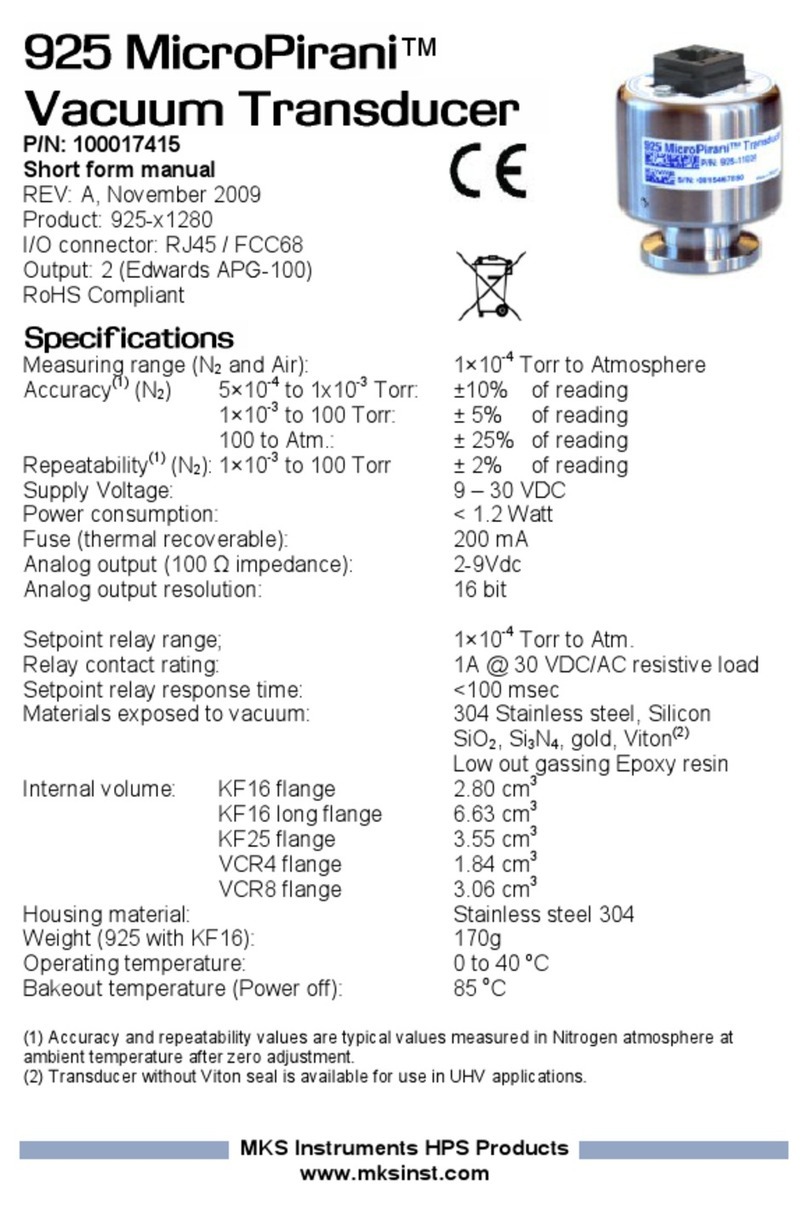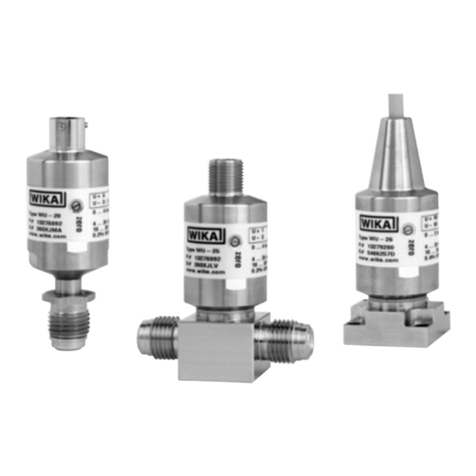
K177 Issue No. 3
RPT 301 User Manual 1
1 Introduction
1.1 Description
The RPT 301 Digital Output Pressure Transducer measures air pressure
applied to the connection port and produces an electrical output. It
comprises a resonant sensor connected to a printed circuit board to
produce a serial digital output and is contained in a metal enclosure to
IP65 standard. The instrument is designed to communicate with
compatible equipment using a serial communications system which
can be selected by the user for either RS232 or RS485 standard
communications interface. The power supply for the instrument is a
wide tolerance DC voltage with a low power consumption A remote
start-up facility enables the instrument to be remotely switched on and
off to save power.
1.2 Specification
Accuracy
Non-linearity, hysteresis and repeatability:
Standard ................................................................. ± 0.02% FS
Option A .................................................................. ±0.01% FS
Temperature affects: ............... ±0.02% FS over operating temperature range
Long term stability:
Standard ............................................. 150 ppm per 12 months
Option A ............................................. 100 ppm per 12 months
Ranges
.................................................................. 750 to 1150 mbar a
.................................................................... 35 to 1300 mbar a
.................................................................... 35 to 2620 mbar a
.................................................................... 35 to 3500 mbar a
Dimensions
Weight: ...................................................................................... 0.65 kg
Size: ...................................................... 125 mm x 80 mm x 57 mm
Environment
Operating temperature range ..................................................... -20 to + 60C
Storage temperature range ......................................................... -40 to + 80C
Sealing: ........................................................................................... IP65
